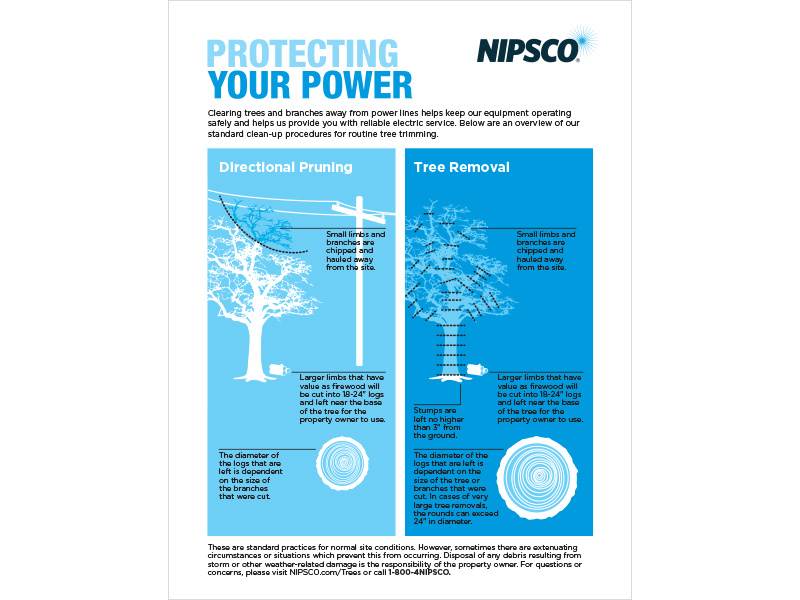Warning Signs For Tree Elimination: How To Discover Dangerous Trees
Warning Signs For Tree Elimination: How To Discover Dangerous Trees
Blog Article
Content Develop By-Lillelund Connell
When it pertains to tree care, acknowledging the indicators that it's time for elimination is necessary for your safety and security and home. You could observe tarnished fallen leaves, wilting branches, or weird fungal developments indicating illness. Structural problems, like a substantial lean or fractures in the trunk, can additionally posture threats. Recognizing these warning signs can assist you make notified choices regarding your trees and prevent possible hazards hiding in your backyard. What should you seek following?
Indicators of Decay and Disease
When you notice indications of decay and illness in your trees, it's critical to act rapidly. Search for blemished leaves, wilting branches, or uncommon developments like fungus. These can suggest that your tree is having a hard time.
If you see fractures in the bark or soft, mushy wood, these signs suggest inner decay. Furthermore, an unexpected increase in pests around your tree can signify that it's deteriorated and at risk.
Check for any type of dead or dying arm or legs, as they posture a threat to your home and security. If you doubt regarding what you see, seeking advice from an arborist can give clearness.
Dealing with these indications early can save you from much more comprehensive damage and guarantee the wellness of your lawn. Do not wait till Prune Apple Trees 's too late.
Structural Instability and Leaning
As you observe your trees, keep an eye out for any indications of structural instability or leaning. If a tree leans significantly, it may indicate that the root system is compromised.
Look for any splits in the trunk or soil around the base; these can indicate potential failure. Furthermore, look for unusual development patterns, like an unbalanced crown, which might recommend that the tree is battling to hold itself upright.
If you discover that the tree favors your home, power lines, or other frameworks, it postures a greater threat. Don't overlook these signs-- consult an arborist to analyze the circumstance.
Doing something about it early can prevent pricey damages and ensure your security.
Dead or Perishing Branches and Foliage
If you discover dead or passing away branches and vegetation on your tree, it's a clear indication that something's wrong.
These undesirable locations can indicate underlying problems like disease, insect invasions, or environmental stress. When branches lose their leaves or transform brownish, they're no more adding to the tree's health. Ignoring these signs could result in additional decline, making your tree much more hazardous.
Dead branches can quickly break off throughout storms, presenting a danger to residential or commercial property and people nearby. It's crucial to analyze the degree of the damage.
If the issue impacts a significant part of the tree, take into consideration getting in touch with a professional. They can help determine if removal is needed to make certain safety and maintain the elegance of your landscape.
Conclusion
If you discover any indicators of degeneration, architectural instability, or dead branches on your trees, don't neglect them. These indicators can present significant safety and security threats to you and your building. It's always best to consult an expert arborist who can provide a specialist assessment of your trees. Doing something about it early can stop mishaps and expensive damage, guaranteeing your landscape continues to be safe and healthy. Remember, Pruning Cherry Trees 's far better to be aggressive regarding tree treatment than to wait for a disaster to occur.
